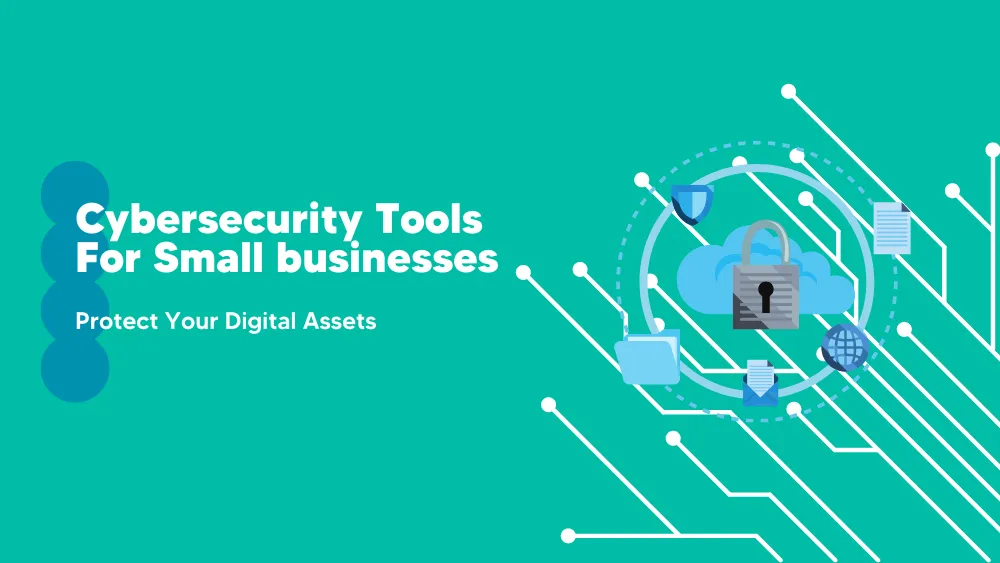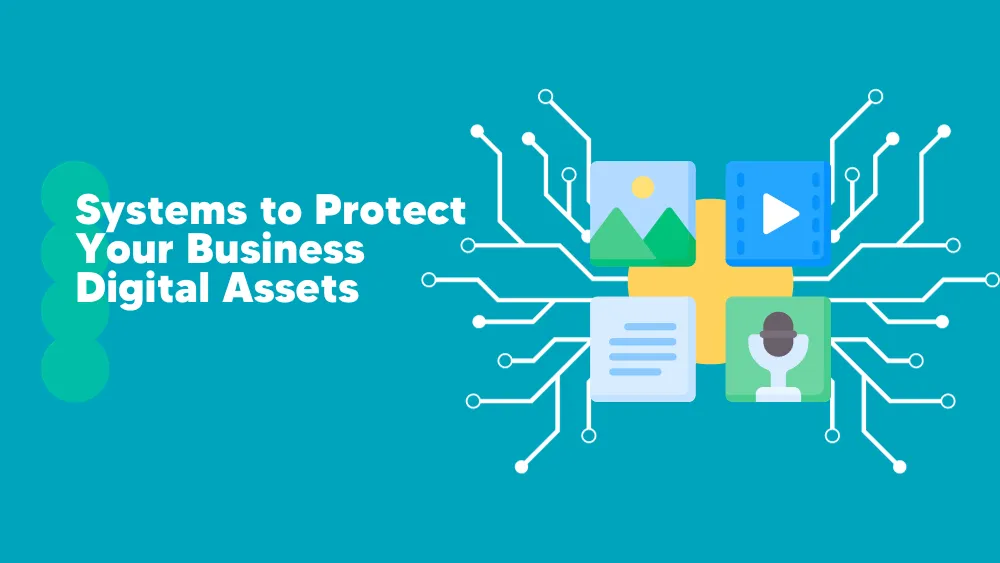
Best Endpoint Protection Software
What is Endpoint Protection Software?
Endpoint protection software is designed to secure network endpoints against many cyber threats. Unlike traditional antivirus software focusing on detecting and removing malicious software post-entry, endpoint protection offers a more holistic approach.
It encompasses antivirus capabilities and includes firewalls, intrusion prevention systems, and more advanced features like behavioral analysis and endpoint detection and response (EDR). This software is vital in protecting an organization’s network, especially as the number of endpoints and the sophistication of cyber threats continue to rise.
It ensures that all devices connected to a network are monitored and protected, providing a comprehensive shield against potential security breaches.
Top Software for
Small Business
Medium Business
Enterprise Business
Free Software
Compare Endpoint Protection Software
ESET PROTECT Platform
1Password
Keeper Security
NinjaOne
ExpressVPN
Copla
Passpack
ManageEngine Application Control Plus
ManageEngine Device Control Plus
ManageEngine Browser Security Plus
Table of Contents
Introduction to Endpoint Protection Software
Endpoint protection software is crucial to any modern organization’s cybersecurity strategy. As cyber threats evolve and become more sophisticated, robust, and reliable, endpoint protection is more critical than ever. This software is the first line of defense against various cyberattacks targeting network endpoints, including laptops, desktops, and mobile devices. Businesses need to understand the nuances and capabilities of endpoint protection software to safeguard their digital assets effectively.
Key Benefits of Endpoint Protection Software
Endpoint protection software is crucial for network security. It offers antivirus protection, firewall, intrusion prevention, and data encryption to prevent cyber threats. It simplifies endpoint management and provides insights into security status, allowing proactive problem-solving. Invest in endpoint protection software to protect your network and data.
- Comprehensive Threat Protection: It guards against a wide range of cyber threats, including malware, phishing attacks, ransomware, and zero-day exploits, providing a comprehensive security solution.
- Centralized Management: This software often features a centralized management console, allowing IT administrators to monitor and control security across all endpoints from a single point, ensuring consistency and ease of management.
- Improved Compliance: With strict regulatory environments, endpoint protection helps organizations comply with data protection laws and industry standards by securing sensitive data against unauthorized access and breaches.
- Enhanced Productivity: By safeguarding endpoints from attacks, it minimizes disruptions caused by security incidents, thereby maintaining business continuity and employee productivity.
- Scalability: High-quality endpoint protection solutions are scalable and capable of protecting an increasing number of devices as an organization grows.
How to Choose the Right Endpoint Protection Software
When choosing the right endpoint protection software, there are a few important factors to keep in mind.
- Business Size and Complexity: The size and complexity of your organization dictate the level of protection needed. Larger enterprises may require more advanced features like EDR, while smaller businesses might need simpler solutions.
- Type of Data Handled: Assess the sensitivity of the data your organization handles. More sensitive data requires more robust security measures.
- Compliance Needs: Consider any industry-specific compliance requirements, such as GDPR for handling European data or HIPAA for healthcare information.
- User Reviews and Industry Certifications: Research user reviews and look for industry certifications to gauge the effectiveness and reliability of different software options.
- Trial Versions: Utilize trial versions to test the software in your environment. This hands-on experience can be invaluable in making a final decision.
Current Trends in Endpoint Protection Software
Staying informed about the latest trends is vital in choosing an effective endpoint protection solution:
- Rise of AI and Machine Learning: The use of artificial intelligence and machine learning in threat detection and response is becoming increasingly prevalent, allowing for more proactive and adaptive security measures.
- Endpoint Detection and Response (EDR): EDR capabilities are becoming a standard feature, providing detailed insights into threat patterns and enabling quicker response to sophisticated attacks.
- Cloud-Based Solutions: The shift towards cloud-based endpoint protection solutions is gaining momentum, offering scalability, ease of management, and continuous updates.
- Integration with Other Security Tools: There’s a growing emphasis on the integration of endpoint protection with other security systems, creating a more unified and effective security posture.
- Focus on Mobile Device Security: As mobile devices become more prevalent in business environments, endpoint protection solutions are increasingly addressing mobile security.
- Increasing Emphasis on User Education: Recognizing that human error can be a significant security vulnerability, more solutions are incorporating user education and awareness tools.
In the ever-evolving landscape of cybersecurity threats, choosing the right endpoint protection software is not just a technical decision, but a critical business strategy. The right solution not only defends against a wide array of cyber threats but also aligns with your organization’s specific needs and growth trajectory.
Whether it’s leveraging the latest in AI and machine learning, or ensuring compliance and seamless integration with existing systems, the importance of a robust endpoint protection strategy cannot be overstated. As technology advances and cyber threats become more sophisticated, staying informed and equipped with top endpoint protection solutions is paramount for any organization’s digital security.





















